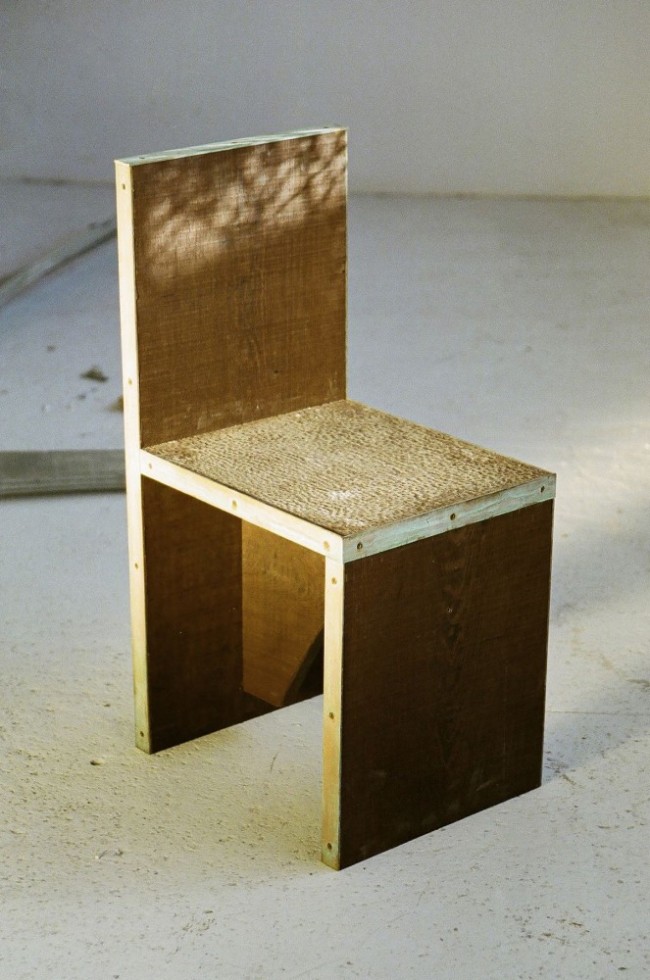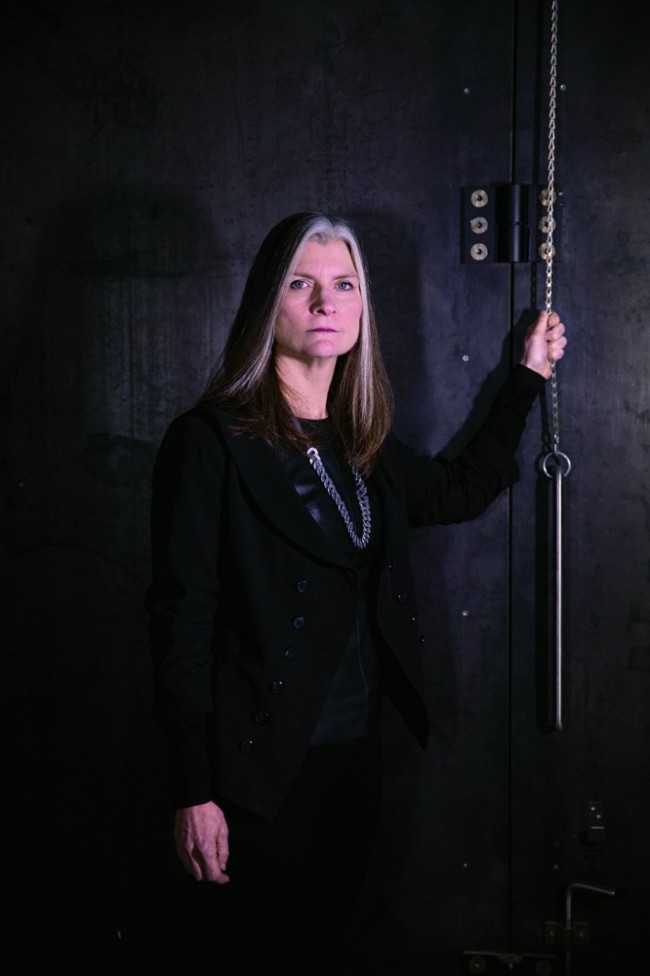S H U I: Chinatown’s First Queer Spa

Painting by Maryam Hoseini for S H U I and PIN–UP.
Somewhere below Canal Street lies a 6,000-square-foot subterranean space that will soon be transformed into S H U I, Chinatown’s first “queer bathhouse and art spa.” The brainchild of Jon Wang and Sean Roland, S H U I is a futuristic vision of wellness, an immersive environment where guests can reconnect to their bodies through art, design, and ritual. As such, S H U I is positioned as neither a gay bathhouse nor a cis-het health club. Instead it’s intended as a “sensual, not sexual” queer utopia where intersectionality is fundamental to the design. Together with members of the different communities, the couple is developing inclusive designs such as architectural elements that obscure or reveal the body at will, or special unisex swimwear commissioned from artists. Inspired by a range of Asian bathing traditions, S H U I will incorporate bathhouse classics such as saltwater pools (entirely done in pink) and a steam room (spiced up with medicinal infusions), as well as more experimental features like herbal foam cleansing waterfalls and fiber-optic lighting.
Wang, who is an artist, and Roland, a hospitality entrepreneur, are unconventional partners, both in business and life. They met in 2012 in San Francisco, when Wang was visiting from South Africa, and within a few months decided to desert their respective paths to buy an old house in Hudson, two hours north of New York City. After renovating it mostly with their own hands, they opened it to the public in 2015 as ZEZE Hudson, an experimental Airbnb and artist-residency space. The word zézé, Wang explains is a Japanese slang term for “the state between sleep and consciousness,” an idea that captures their unique vision of immersive hospitality in which the lines between art, design, commerce, and life blur. Behind ZEZE’s sky-blue façade is a cosmos of precious objects and original furniture, contributed by artist and designer friends. In the dining room, a sparkly purple Raúl de Nieves sculpture made from high heels sits on a mirror-and-foam table, bathed in the LED glow of a chandelier by artist Wu Tsang, and surrounded by a jungle of potted plants; in the bathroom, floor and walls are covered in two tons of pigmented-concrete tiles by designer Misha Kahn. With both ZEZE and S H U I, Roland and Wang ultimately seek to uncouple hospitality from its standard forms, instead asking: “What should contemporary hospitality look like, and who is it actually for?” “There are few spaces that feel like they’re really for us,” Wang says, “us” being a word he uses repeatedly to mean, at turns, his generation (20–30-year-olds), artists, queer people, people of color, and the various communities they form.
Wang, who was raised between Asia and the U.S. by Chinese missionaries, and has lived in an unusual assortment of cities in various countries, describes the aesthetic for S H U I as “neo-oriental.” “Neo-oriental” is the “fluid yet sticky” aesthetic approach Wang has developed that isn’t tied to any one aesthetic, but instead explores, he says, what happens when you “fly back and forth between worlds so often that you lose cultural traction and become trapped in a hyper-orientalist simulacrum.” Within this framework, Wang presents an implicit criticism of Asian representations that fetishize “isolated oriental pasts” and “luxury sci-fi futures,” while implicating himself in the process but from a transnational position. With S H U I, Wang intends “to work with artists who embody multi-directional gazes as a way to design for transcendence.”
S H U I is also a facet of Wang’s art practice. Much of his work revolves around “WangShui,” something he describes as a “deity” who is the “madam of the bathhouse.” The term translates from Mandarin as “king of water,” a “bastardization of Feng Shui” and, of course, his own last name. In a recent film titled Intra (2016), which is the first in a trilogy, Wang documents a pendulum-divination reading where a swinging braid reveals that his lifelong project is to become WangShui. “The mandate has given me a lot of freedom to throw everything I do into it,” he said. In the film, Wang also documents the process of raising silkworms, and relates their journey of metamorphosis to his own. The second film — which Wang is currently in the process of making — is a docu-fantasy about the creation of the spa. “To me, S H U I is WangShui’s cocoon,” Wang says, “a, safe space where the transformation can take place.”
After ZEZE Hudson, Roland and Wang envisioned S H U I as the next iteration of what will eventually be part of a larger hospitality network called ZEZE HOTEL. The idea is to “take the format of the hotel and to fragment it across space,” Roland says, creating immersive hospitality projects that are as diffuse as its users are mobile. The duo is in the challenging position of undertaking something that’s equal parts commerce and art practice, both real and conceptual. Auspiciously, Michael Bisordi, a New York developer and co-owner of the Ace Hotel group, discovered ZEZE Hudson on Instagram. After visiting, Birsodi became a supporter and sought out Wang and Roland to collaborate on a project in the city. He said he found something subversive and intriguing in their approach towards hospitality, something he hadn’t seen since Ace’s Alex Calderwood upended the corporate hotel model back in the 90s. Currently Roland and Wang are operating out of one of Bisordi’s office lofts in Soho, benefiting from his firm Tungsten Partners’ expertise in crafting business models and structuring deals. At the moment, Wang films their meetings with architects and potential investors on his iPhone, annexing this material for the second installment of his film trilogy. When asked about the third film, the final stage of the project, he says he is not quite sure yet. “We need to figure this all out underwater,” he deadpans.
Taken from PIN–UP 22, Spring Summer 2017. Painting by Maryam Hoseini for S H U I and PIN–UP.



